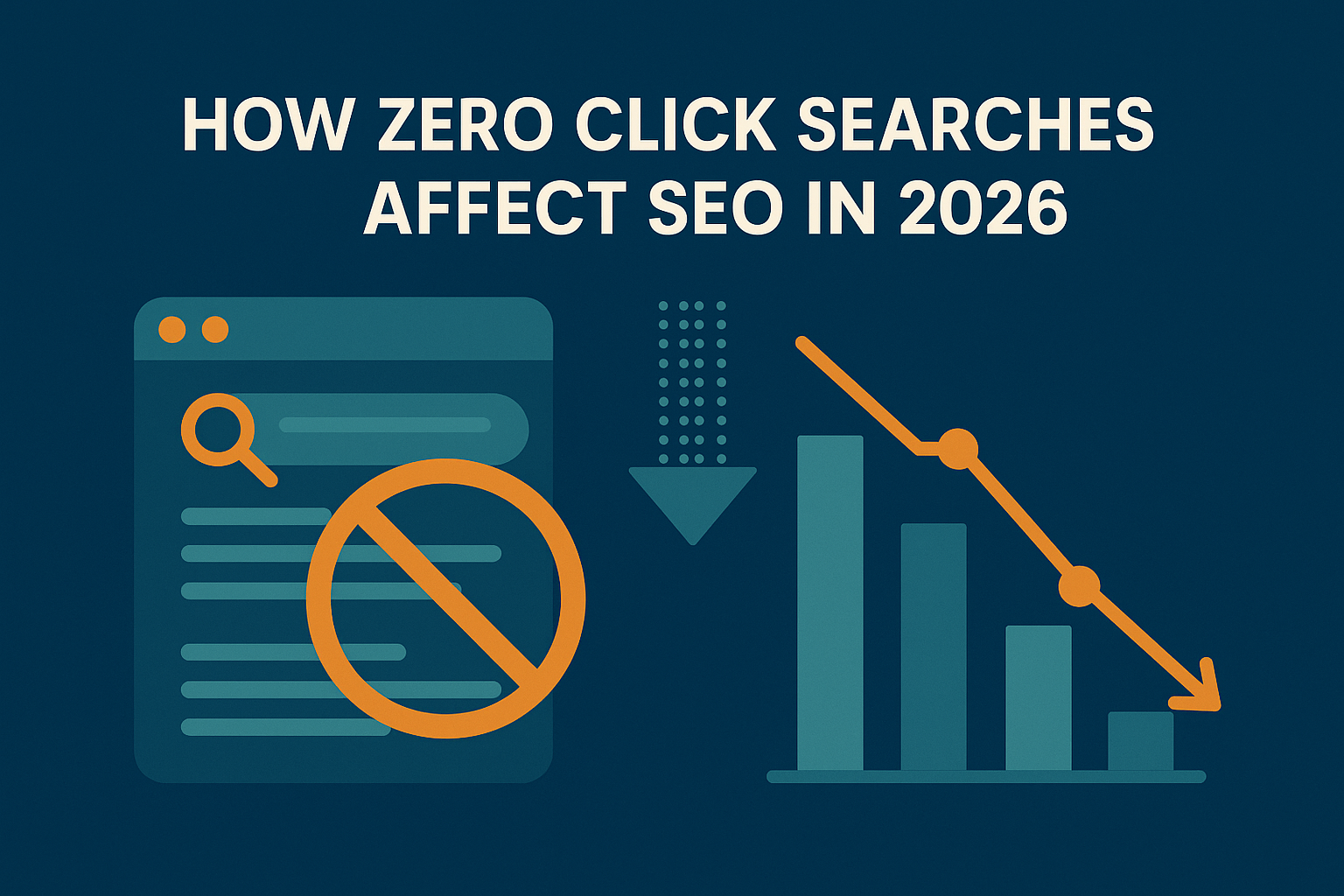Improving User Experience and SEO with a Virtual SEO Assistant
Improving User Experience (UX) and Search Engine Optimization (SEO) go hand in hand, as search engines like Google increasingly prioritize user-friendly websites that deliver high-quality experiences. A Virtual SEO Assistant (VSA) can be a game-changer in this process by automating tasks, offering actionable insights, and streamlining workflows. Here's how a VSA can enhance both UX and SEO simultaneously:
1. Optimizing Site Speed and Performance
- Page Load Speed: A slow-loading website can frustrate users and hurt SEO rankings. The VSA can regularly monitor page load times and identify areas for improvement, such as large image files, inefficient scripts, or server issues. It can suggest optimizations like image compression, caching strategies, and minification of CSS/JavaScript to boost load speed, which is crucial for both UX and SEO.
- Core Web Vitals: Google’s Core Web Vitals (LCP, FID, and CLS) are key metrics for user experience. A VSA can analyze these metrics and provide recommendations to improve them, such as reducing render-blocking resources or improving server response time. This directly impacts both user satisfaction and search rankings.
2. Mobile Optimization and Responsiveness
- Mobile-Friendliness: A VSA can assess whether your website is fully optimized for mobile devices, a critical aspect of both UX and SEO. It can flag areas where mobile responsiveness issues exist, like improperly sized images, buttons that are too small, or elements that don’t resize properly on smaller screens.
- Mobile-First Indexing: Google prioritizes mobile-first indexing, meaning it uses the mobile version of your site to rank content. A VSA can ensure that your mobile version is as functional and content-rich as your desktop version, improving both user experience on mobile devices and SEO rankings.
3. Intuitive Site Navigation
- Simplifying User Navigation: Clear and easy-to-follow navigation enhances UX by making it easier for users to find the information they need. The VSA can analyze your website’s navigation structure, identifying complex menus or deep content that is difficult for users (and search engines) to access. It can suggest ways to streamline navigation for better user flow, reducing bounce rates and improving engagement.
- Internal Linking: The VSA can recommend an internal linking strategy to improve navigation. Well-placed internal links help users discover related content while also distributing SEO authority throughout the site. This strengthens both SEO and UX by encouraging users to spend more time on your site.
4. Content Optimization and Readability
- Content Clarity: Content that is easy to read and understand is essential for both SEO and UX. The VSA can check for readability issues, such as long paragraphs, complex sentence structures, or jargon. It can suggest breaking up large blocks of text, using bullet points, and simplifying language to make your content more user-friendly while optimizing it for SEO.
- Multimedia and Visuals: Users expect engaging content. The VSA can suggest using more relevant images, videos, infographics, or other media to make content more dynamic and appealing. It can also ensure that these elements are properly optimized (e.g., image alt text, compressed file sizes), improving both UX and search engine visibility.
5. Ensuring Clean Technical SEO
- Fixing Technical Errors: A VSA can regularly scan for technical SEO issues like broken links, missing meta tags, or improperly implemented schema markup, which can negatively affect both UX and SEO. For example, a broken link can frustrate users, leading to a poor experience, while a missing meta tag can make a page less discoverable on search engines. The VSA can automatically generate reports and recommend fixes to resolve these issues.
- Structured Data: Implementing structured data (schema markup) helps search engines better understand your content and display it more effectively in search results. The VSA can analyze your site for missing or incorrect schema and suggest improvements, which can enhance visibility in search results and improve user experience with rich snippets.
6. Improving Accessibility
- Accessibility Compliance: A website that is accessible to all users, including those with disabilities, enhances both UX and SEO. A VSA can audit your site for accessibility issues such as missing alt text for images, poor color contrast, or inaccessible forms. It can provide recommendations for improvements, ensuring your site meets WCAG (Web Content Accessibility Guidelines) standards. This not only improves UX but can also prevent SEO penalties related to accessibility issues.
- Voice Search Optimization: With the rise of voice search, optimizing your site for natural language queries is increasingly important. The VSA can recommend keyword changes and content adjustments to make your website more compatible with voice search, improving UX by offering users the information they need more quickly and SEO by targeting conversational queries.
7. Enhanced User Engagement
- Bounce Rate and Dwell Time: High bounce rates and low dwell time signal poor user experience, which can hurt SEO. The VSA can monitor these metrics and offer insights on improving engagement, such as suggesting content improvements or changes to layout and design. By recommending changes that keep users on the site longer, the VSA helps reduce bounce rates, which in turn can improve SEO rankings.
- Calls to Action (CTAs): The VSA can review the effectiveness of CTAs on your site, ensuring that they are clear, compelling, and well-positioned. Well-placed CTAs improve UX by guiding users toward relevant actions (e.g., signing up, making a purchase) and help achieve business goals, while also improving conversion rates, a positive signal for SEO.
8. Personalization and User-Centric Content
- User Behavior Insights: A VSA can analyze user behavior and suggest personalized content strategies. By recommending dynamic content based on user interactions or segmenting your audience to provide tailored experiences, the VSA helps increase user engagement and satisfaction, improving both UX and SEO.
- Content Gaps and Optimization: The VSA can identify content gaps or underperforming pages and suggest improvements. It might recommend creating new content that aligns with user interests or optimizing existing content based on keyword trends and search intent. This ensures that users find what they are looking for, which boosts UX and SEO.
9. Regular Reports for Continuous Improvement
- User Experience Monitoring: A VSA can monitor key UX metrics (e.g., page load times, bounce rates, time on site) and provide periodic reports that track improvements. This allows for continuous adjustments to enhance UX over time, which, in turn, supports SEO growth.
- SEO Performance Tracking: Regularly tracking and reporting on SEO performance, including keyword rankings, organic traffic, and backlinks, helps to measure the impact of improvements. The VSA can generate detailed reports on how UX enhancements correlate with SEO gains, offering a clear view of how these two areas work together.
10. Personalized Recommendations
- Customized Strategies: Based on your specific website and goals, the VSA can offer personalized UX and SEO recommendations. For example, if a particular page is underperforming, the VSA might suggest specific UX changes (e.g., a clearer CTA or improved content structure) alongside SEO tweaks (e.g., keyword optimization or backlink acquisition).
A Virtual SEO Assistant is a powerful tool for improving both User Experience and SEO. By automating routine tasks, offering data-driven insights, and providing personalized recommendations, the VSA helps create a more user-friendly website that ranks higher in search engines. From enhancing page speed to optimizing content and improving accessibility, a VSA can ensure that your website provides an exceptional experience for users while maintaining strong SEO performance. This integrated approach ultimately leads to better user retention, higher conversion rates, and improved search engine rankings.










